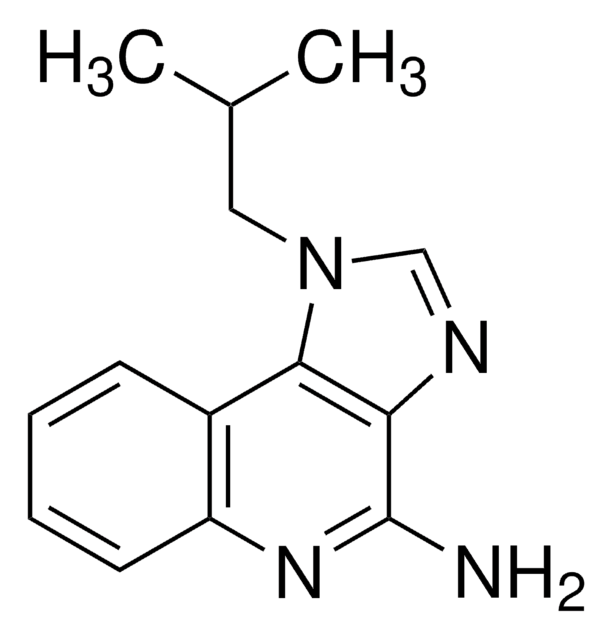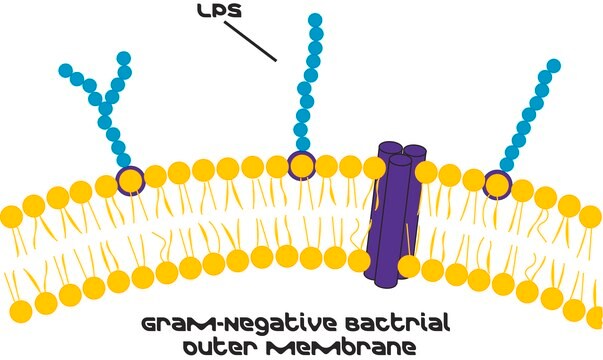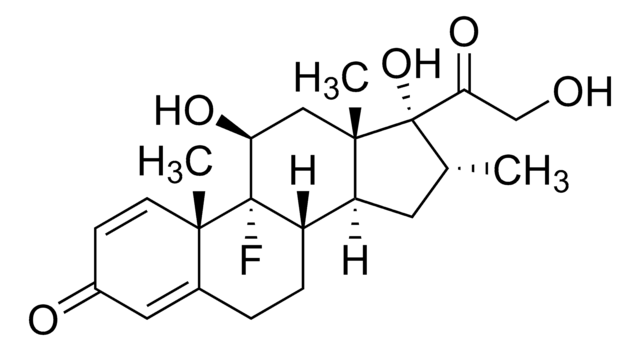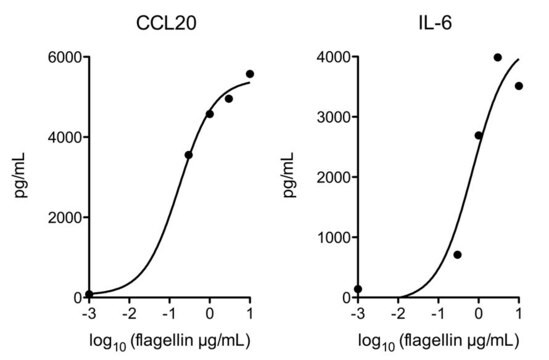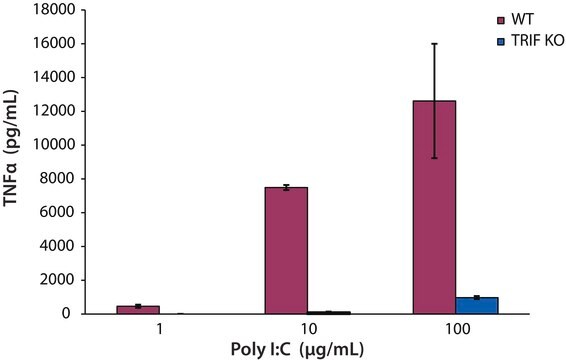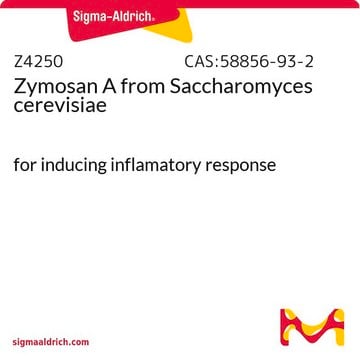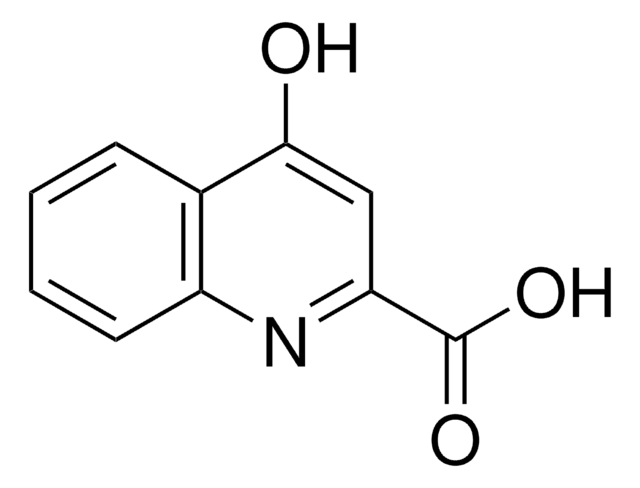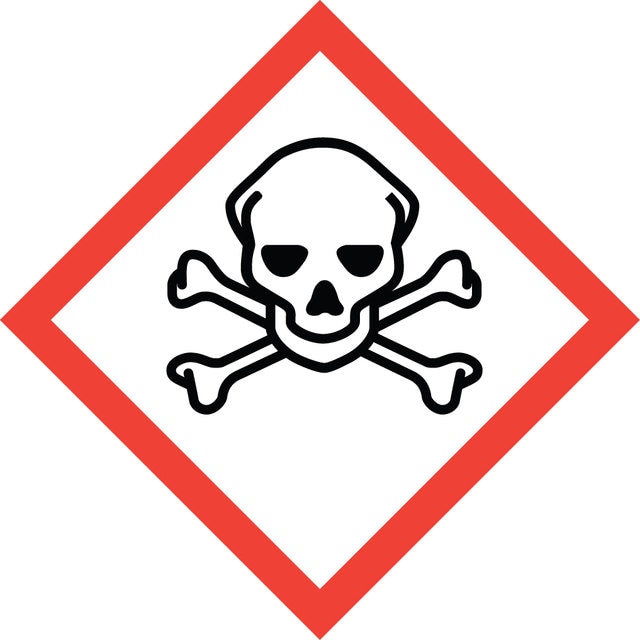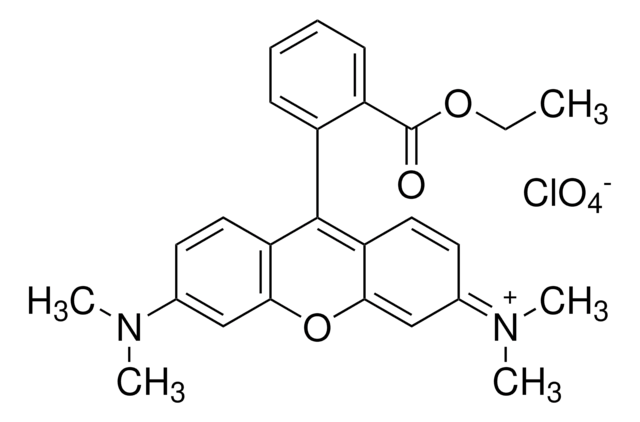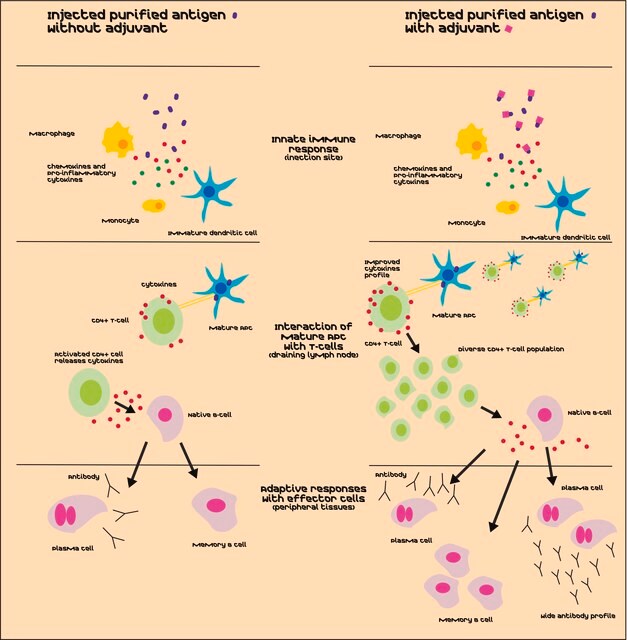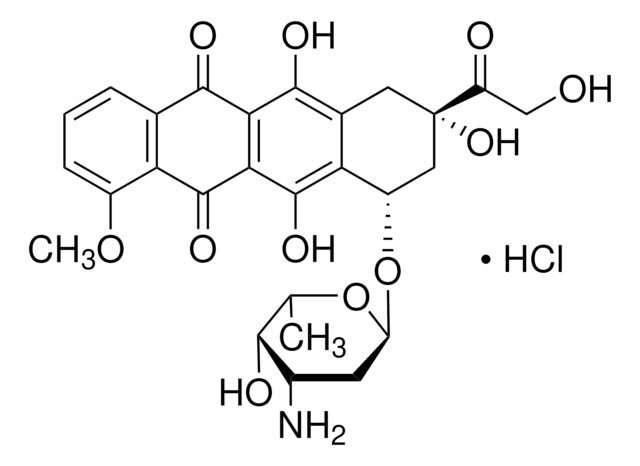추천 제품
제품명
Imiquimod, ≥98% (HPLC), solid
Quality Level
분석
≥98% (HPLC)
양식
solid
solubility
H2O: <2 mg/mL
DMSO: 4 mg/mL (warming to 60 °C for 15 minutes)
SMILES string
CC(C)Cn1cnc2c(N)nc3ccccc3c12
InChI
1S/C14H16N4/c1-9(2)7-18-8-16-12-13(18)10-5-3-4-6-11(10)17-14(12)15/h3-6,8-9H,7H2,1-2H3,(H2,15,17)
InChI key
DOUYETYNHWVLEO-UHFFFAOYSA-N
유전자 정보
human ... TLR7(51284)
유사한 제품을 찾으십니까? 방문 제품 비교 안내
일반 설명
Imiquimod is a toll-like receptor (TLR)-7/8 agonist.
애플리케이션
Imiquimod has been used as TLR7 agonist for TLR7 agonist enhancement studies. It has also been used as an NLR family, pyrin domain containing 3 (NLRP3) stimulant to treat NLRP3-FL-Btn and FLAG-ASC-FL.
생화학적/생리학적 작용
Imiquimod helps to induce the innate cutaneous immunity and the cellular arm of the adaptive immune response.
Imiquimod is a caspase 3 activator, which directly induces procaspase 3 cleavage to active caspase 3. Imiquimod induces apoptosis in vivo in basal cell carcinoma. Its anti-tumor activity is related to the induction of apoptosis. Imiquimod has anti-angiogenic, anti-inflammatory, anti-viral activities. Imiquimod also acts as an immune response modulator inducing the secretion of various cytokines and chemokines.
Imiquimod is a caspase 3 activator, which directly induces procaspase 3 cleavage to active caspase 3. Imiquimod induces apoptosis in vivo and acts as an immunomodulator with anti-viral and anti-inflammatory perties.
특징 및 장점
This compound is featured on the Caspases page of the Handbook of Receptor Classification and Signal Transduction. To browse other handbook pages, click here.
신호어
Danger
유해 및 위험 성명서
Hazard Classifications
Acute Tox. 3 Oral - Eye Irrit. 2 - Skin Irrit. 2
Storage Class Code
6.1C - Combustible acute toxic Cat.3 / toxic compounds or compounds which causing chronic effects
WGK
WGK 3
Flash Point (°F)
Not applicable
Flash Point (°C)
Not applicable
개인 보호 장비
Eyeshields, Faceshields, Gloves, type P2 (EN 143) respirator cartridges
이미 열람한 고객
Aimée H M M Arits et al.
The Lancet. Oncology, 14(7), 647-654 (2013-05-21)
Superficial basal-cell carcinoma is most commonly treated with topical non-surgical treatments, such as photodynamic therapy or topical creams. Photodynamic therapy is considered the preferable treatment, although this has not been previously tested in a randomised control trial. We assessed the
Ryutaro Yoshiki et al.
The Journal of investigative dermatology, 134(7), 1912-1921 (2014-02-27)
Psoriasis is a common chronic inflammatory skin disease that involves dysregulated interplay between immune cells and keratinocytes. Recently, it has been reported that IL-23 induces CCR6+ γδ T cells, which have the pivotal role in psoriasis-like skin inflammation in mice
Microglial-derived miRNA let-7 and HMGB1 contribute to ethanol-induced neurotoxicity via TLR7
Coleman L G, et al.
Journal of Neuroinflammation, 14(1), 22-22 (2017)
Topical imiquimod is and effective and safe drug for molluscum contagiosum in children
Badavanis G, et al.
Acta Dermatovenerologica Croatica, 25(2), 164-164 (2017)
Poly (I: C) and hyaluronic acid directly interact with NLRP3, resulting in the assembly of NLRP3 and ASC in a cell-free system
Kaneko N, et al.
European journal of inflammation, 15(2), 85-97 (2017)
자사의 과학자팀은 생명 과학, 재료 과학, 화학 합성, 크로마토그래피, 분석 및 기타 많은 영역을 포함한 모든 과학 분야에 경험이 있습니다..
고객지원팀으로 연락바랍니다.

